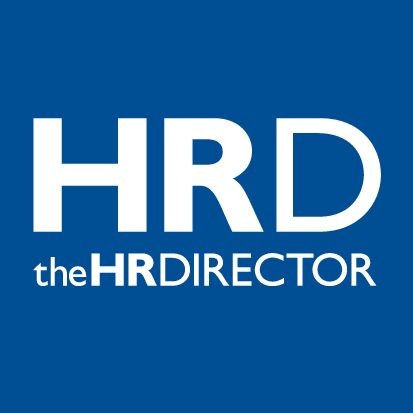What is conflict truly costing your organisation? While organisations often track conflict through lag indicators like complaints, investigations, compensation claims and turnover, the true cost of conflict begins much earlier. The ability to address conflict in its early stages unlocks organisational potential. Challenging the status quo of how execs lead and influence an organisation though, takes courage. It requires stepping into uncomfortable territory. As you contemplate this, reflect on the following questions:
Do you really understand the quiet conflict?
Quiet conflict is an insidious disease that erodes confidence, health and performance by stealth, through emotional build-up, stuck narratives and subsequent unhealthy politics. It manifests in behind-closed-door conversations and the ‘meeting before/after the meeting’. Recognising these patterns early is crucial. What quiet conflict might already exist for you?
How do you intentionally observe for quiet conflict?
‘No news is good news’ is ignoring the heart disease as it silently spreads through the arteries of the organisation. Creating a more conflict positive environment starts at the top. Intentionally observe the dynamics between the exec. Reflect on the conversations you find yourself pulled into. What are the conversations Executives need to have constructively and honestly with each other, that they aren’t having?
What’s your shadow?
‘Do as I say not as I do’ doesn’t cut it in this arena. If you aren’t prepared to be honest with yourself, curious about your own reactions and step into what can be uncomfortable conversations yourself, then your peers and your team are being given a licence to not do that either. The CEO casts the biggest shadow of influence on the organisation and needs to lead the organisation through this, but you need to be in a credible position to support them.
What’s the strategy around competency development?
Developing quiet conflict skills requires intentional effort to foster a growth mindset in leaders for them to do the same.
- Coach the skills of identifying the internal signs of quiet conflict
- Create a common language around these conversations to make them easier
- Can you get the CEO as the earliest adopter? Or if not, the key execs below, so together you influence the CEO. It all starts at the top.
- Don’t be ‘the hero’ solving conflict. Be the coach that unlocks potential.
Can you accept multiple truths?
Each person (including you) views situations through unique lenses shaped by their experiences. Navigating quiet conflict effectively requires accepting that there are multiple valid truths. Then helping each person ask ‘How might I be wrong?’ (Again, including yourself). When quiet conflict starts (and conflict blows up), it is like people are standing at completely different angles in front of an elephant believing this is the only view. That they (and they alone) know ‘the truth’. This might be one of the hardest components of navigating conflict. When you have a lot on your plate it is natural to want to resolve issues as quickly as possible. In doing so, bias creeps in. When you can role model curiosity, you help others to do the same.
How safe is it really?
There is increasing nervousness in organisations around psychological safety. Is this really a safe place to work? Where people feel like they belong? And are valued? And supported when things go wrong? Where they can raise issues without it being career limiting? Quiet conflict is natural. The different lenses we all wear will always create elephants. But when people have the skills to recognise and talk about these differences to create common understanding, psychological safety dramatically improves. The Executive need to understand the shadow they cast and how they shape the behaviour of everyone else.
Having read this, how courageous are you, when it comes to conflict? Courage is not the absence of fear; courage is fear walking. So, get walking around those elephants. Get curious about the lenses we all wear that create quiet conflict. Learn about yourself and your lenses. To coach others to learn about theirs. Take the calculated risk. Conflict is not just a problem to solve. It’s an opportunity to unlock the potential for better health, better relationships, better problem solving, better outcomes. What will your legacy of unlocking this potential be?
Genevieve Hawkins is conflict coach and author of Shrinking Elephants.







